Spiritfarer (Nintendo Switch) Review
By Michael McCann  10.11.2020
10.11.2020
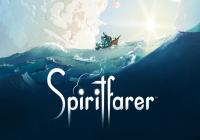
"What is a Spiritfarer?", one may ask. They spend a lot of time boating on a vast, seemingly endless sea.
"A bit like Waterworld, maybe?" Yeah, if Waterworld was full of always hungry spirit animals, and Kevin Costner spent most of his time fishing, shearing sheep, smelting metal, and the like.
"Oh, that sounds a lot better than Waterworld." Yes, fellow imaginary reader. Yes, it probably is. It is described in the opening moments, via a literal passing of the torch, called the 'Everlight,' to protagonist Stella; the titular Spiritfarer is the one that is tasked with ferrying stray spirits through the afterlife to their final resting place. It's an unusually to-the-point introduction for a title that, otherwise, can be a bit more of a verbose and a slower-paced affair. However, this beginning stands as a rousing and cinematic call to adventure that hints towards a deeper substance, one that is chock full of personality, and is probably going to do things a little bit differently from the standard fare-r.
What Spiritfarer really gets right is that sense of a call to adventure, and a wonderment that is set up in the opening moments, and then is carried through to the rest of Stella's voyage. She will visit various island locales along the way, and invest in each of her passenger's individual stories, before they are delivered to a thing called the Everdoor; a portal to their final resting place. Getting them there involves a loop of completing fetch-quests, or collecting resources to meet crafting criteria that methodically progress these relationships and the story, forward. This is essentially all a patina for an extremely light, resource management life-sim. Or should it be described as a death-sim, perhaps?
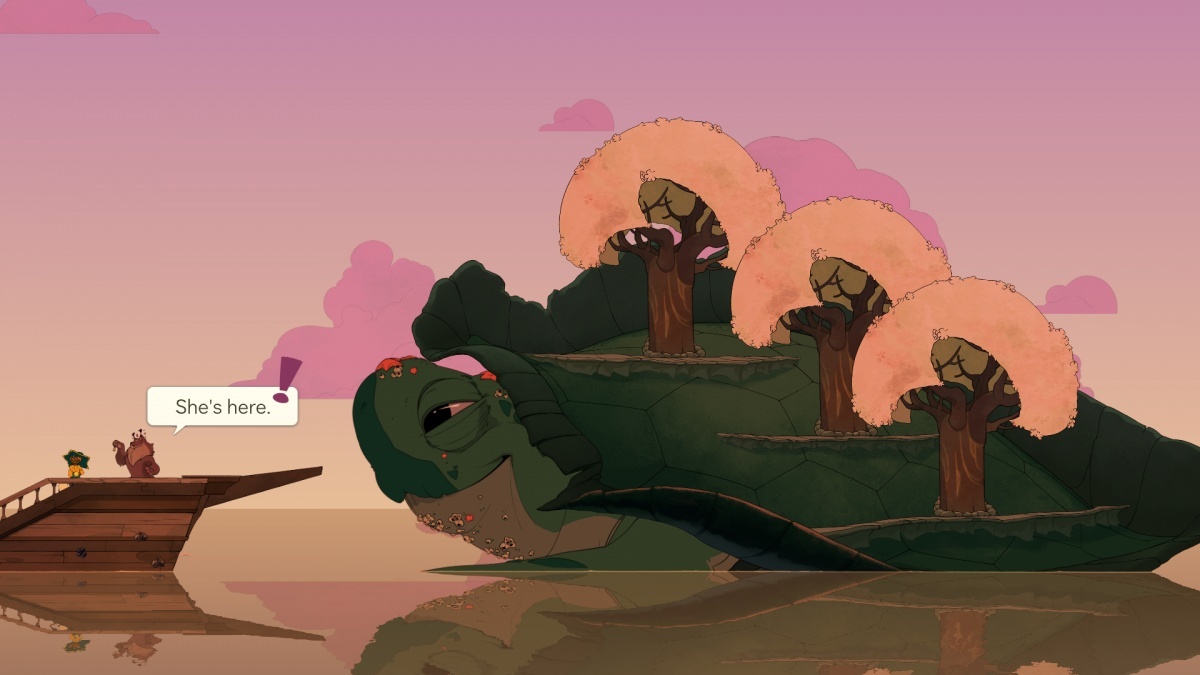
There is a compelling and empathetic timbre when learning each character's backstory throughout this loop. It is a ruminative moment when each stray spirit is eventually ready to let go of whatever it is that they need to let go of, and say their final goodbyes. It has a genuine weight to it, which is really impressive for a title featuring a lot of 2D cartoon animals - even if many anthropomorphic theological quandaries persist within this world.
It's an emotional heft that many bigger budget offerings have sought after, and struggled to achieve as effectively - though each passing can feel like a final conclusion and sap the motivation to keep playing on. Spiritfarer counterbalances this somewhat by the desire to find out what animal the next spirit will materialise as, discovering their story afresh, and it's just enough of a hook to keep momentum up for the next loop and the one after that.

Every character does have something to say, and a lot to say of it. Partially this is the point of Spiritfarer, but a large portion of the gameplay can consist of reading text boxes and that can often feel like too much. This is one example that highlights what is Spiritfarer's defining strength, but also its biggest weakness too. It makes great efforts, and is often successful, in creating the feeling of a grand experience, but then digging down deeper into it and there is never quite enough to back up that initial promise. So, whereby the dialogue is no doubt engaging and intelligently written throughout, there are also times where it feels like it can go on for too long, and be somewhat overindulgent.
This feeling is also evidenced through a redundancy to the crafting system, which is presented as the main backbone for gameplay outside of story, offering many options, but actually serving little other purpose than to bottleneck progression. The system creates an illusion of working towards something, but is really just an activity to do between getting from A to B. There's just no real incentive there to do it beyond crafting story specific items. Characters have status sheets that, if understood, serve no tangible gameplay purpose, but perhaps do help to build a connection with said character. Animation too is beautiful, but even that can feel long winded when repeating the same tasks later into the adventure. Over time it results in a feeling it's an awful lot like much padding and busy-work.
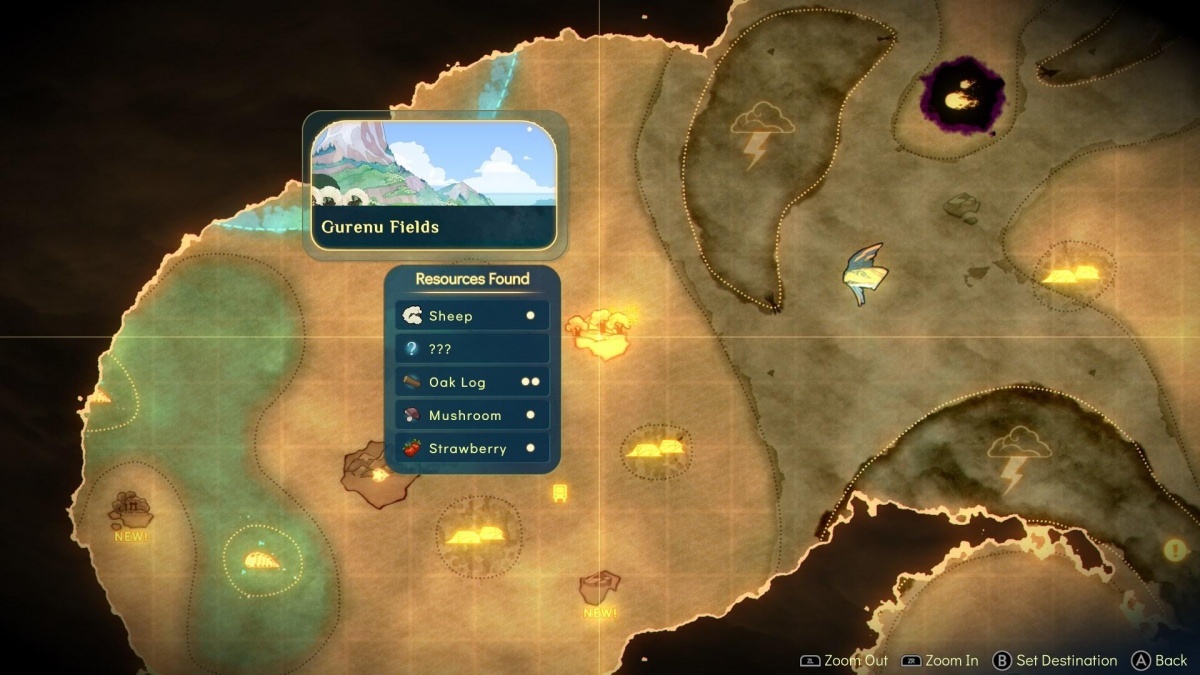
Spiritfarer does make admirable attempts to mix this sameness up though. Mini-games will occur when you sail into a storm, or cross the path of a mineral dragon but these tasks also get repetitive. The main locations on the map usually end up being small towns to visit, or maze-like mine systems, which, again, are small. There's not enough deviation from these and there's always a desire of arriving somewhere a bit more substantial or different lingering in the back of one's head.
An example is that there are character upgrades to unlock, which allow access to other areas, but they often aren't that rewarding to obtain. These could have been made more meaningful, being locked behind a more traditional platforming level or a puzzle. Despite these criticisms, though, it is clear when a character will idly chit-chit as Stella embarks on somewhere new, or just how long the tutorial is, that this is intended to be a much slower and thoughtful experience. Perhaps the suggestion for a faster pace would contradict the tone that is set so well, or the gravity of its conclusion to ferrying these souls through the afterlife.
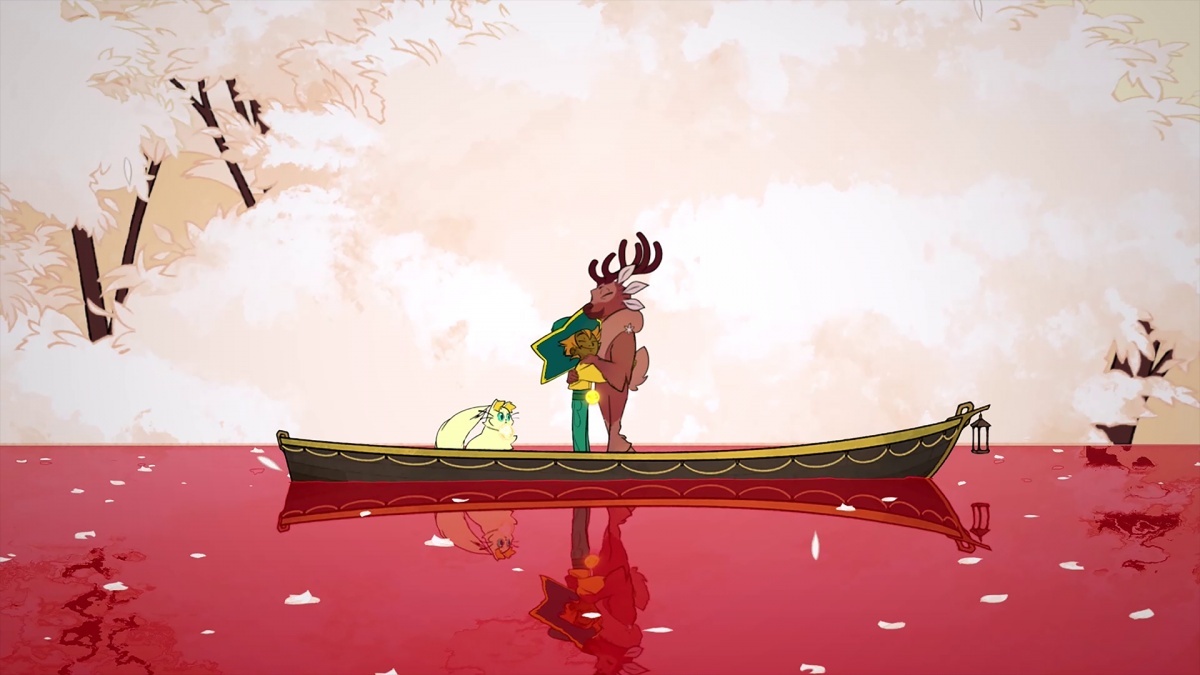
Cubed3 Rating
Very Good - Bronze Award

Whether it's down to the sharp, intelligent writing, or fantastic hand-drawn style and animation, Spiritfarer has a charm that could be described as almost Disney-eque… well, maybe that would be true if the first passenger Stella encounters wasn't a chain smoking deer. That charm is without a doubt [i]Spiritfarer[i/]s best asset, and something that many will latch on to consciously or subconsciously when coming to their own judgement on its quality. Yes, it can be slow and repetitive, but that is also part of the point. The 2D take on a life-sim is a path less travelled for the genre, and unique in this instance. It creates an appealing world wherein the developer has gone to great efforts to flesh it out, and make it feel lived in. It all hangs together very nicely, indeed.
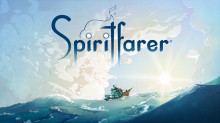
Spiritfarer
![]() 7/10
7/10
![]() 0
(0 Votes)
0
(0 Votes)
 None
None  None
None  None
None  None
None Comments
Comments are currently disabled

 Sign In
Sign In Game Details
Game Details Subscribe to this topic
Subscribe to this topic Features
Features





 Top
Top

